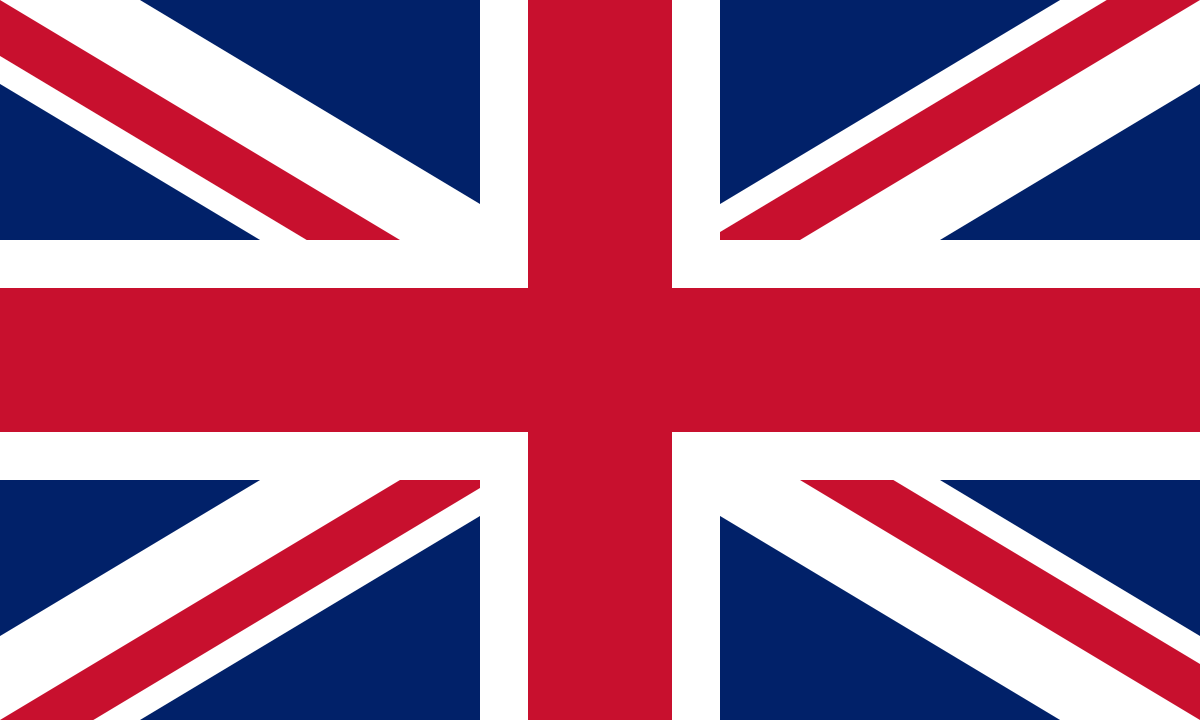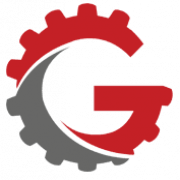In industrial production, air compressors play a crucial role in terms of energy efficiency and performance. Screw compressors are generally classified into two main types based on their operating principle: fixed-speed and inverter-driven (variable speed) models. The differences between these two types directly affect operating costs and usage efficiency. Fixed-Speed Screw Compressors operate at a constant motor speed. The compressor runs continuously until the required pressure is reached, then stops or goes into standby mode. This frequent start-stop cycle can lead to increased energy consumption. Fixed-speed compressors are preferred in applications where the air demand is steady and consistent. Inverter-Driven Screw Compressors are advanced systems that adjust motor speed based on demand. Thanks to the inverter, the compressor can increase or decrease motor speed according to the air requirement. This optimizes energy consumption, prevents motor overload, and provides more stable pressure. Inverter-driven compressors are ideal for applications requiring energy savings, variable air demand, and more precise pressure control. In summary, fixed-speed compressors are simpler and have a lower initial cost, while inverter-driven models offer advantages in energy efficiency and performance over the long term. Selecting the right compressor type based on your air demand, usage frequency, and energy costs is critical for efficient and economical operation.

 tr
tr
 en
en

 GAP Compressor
GAP Compressor

